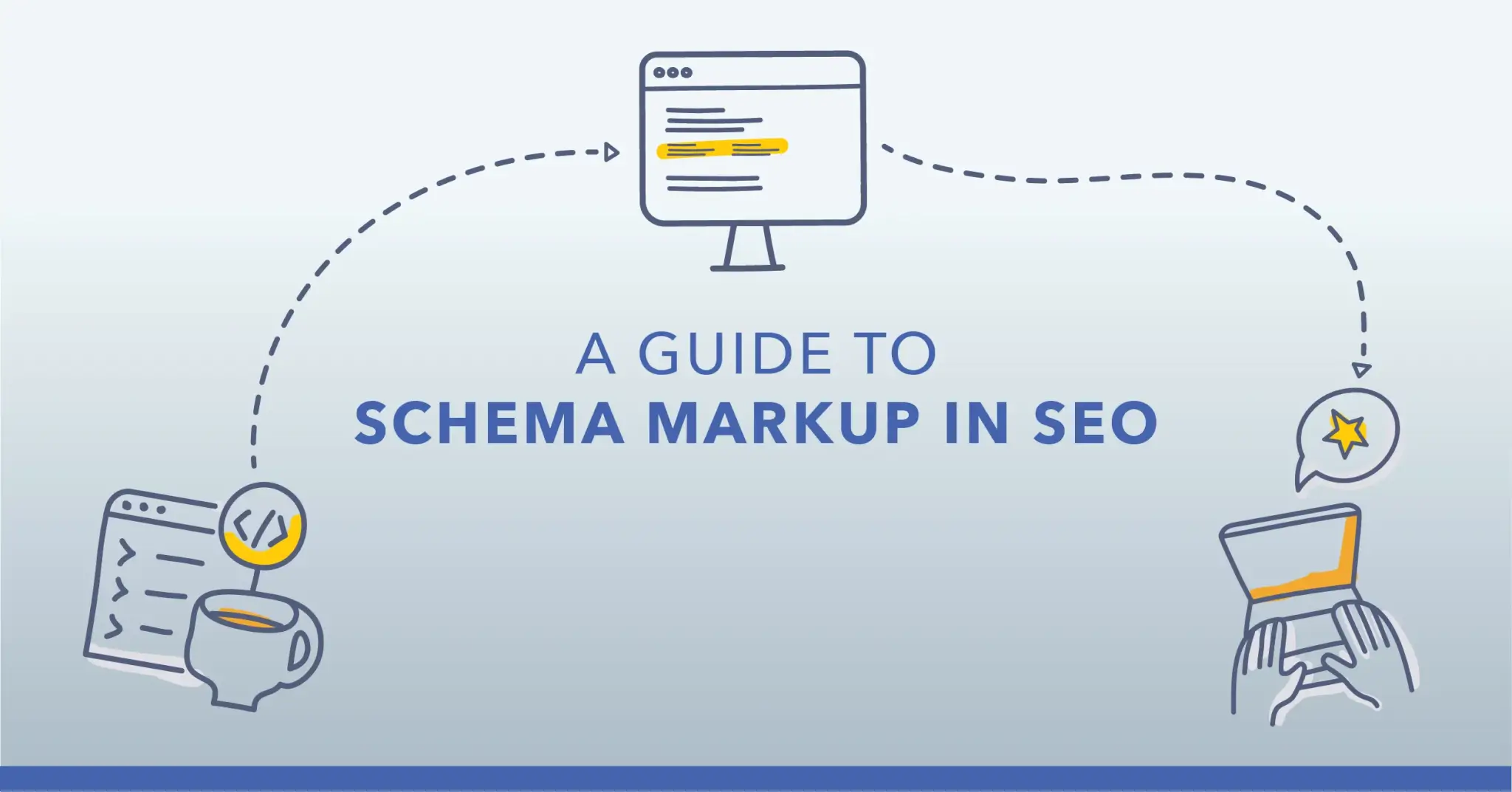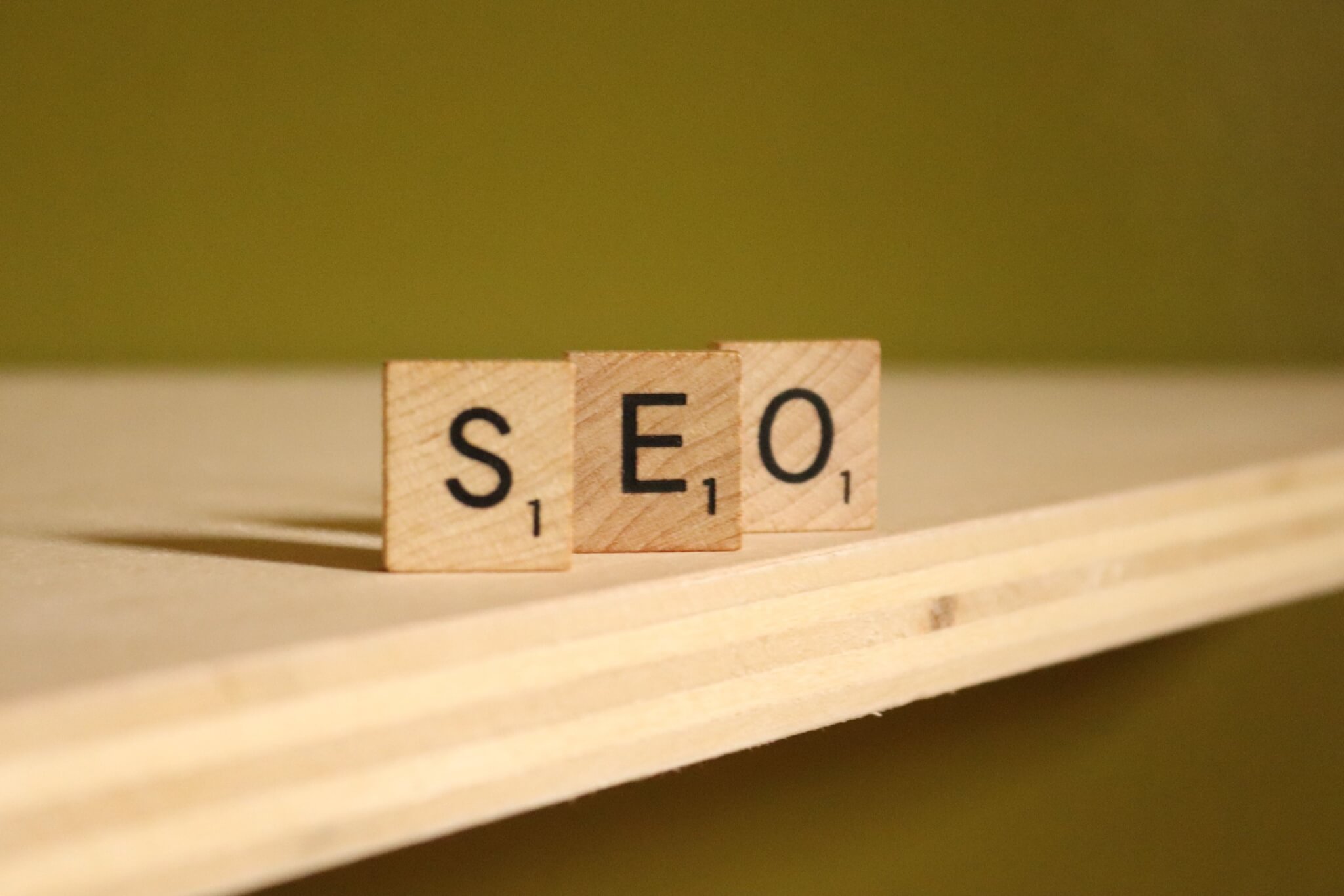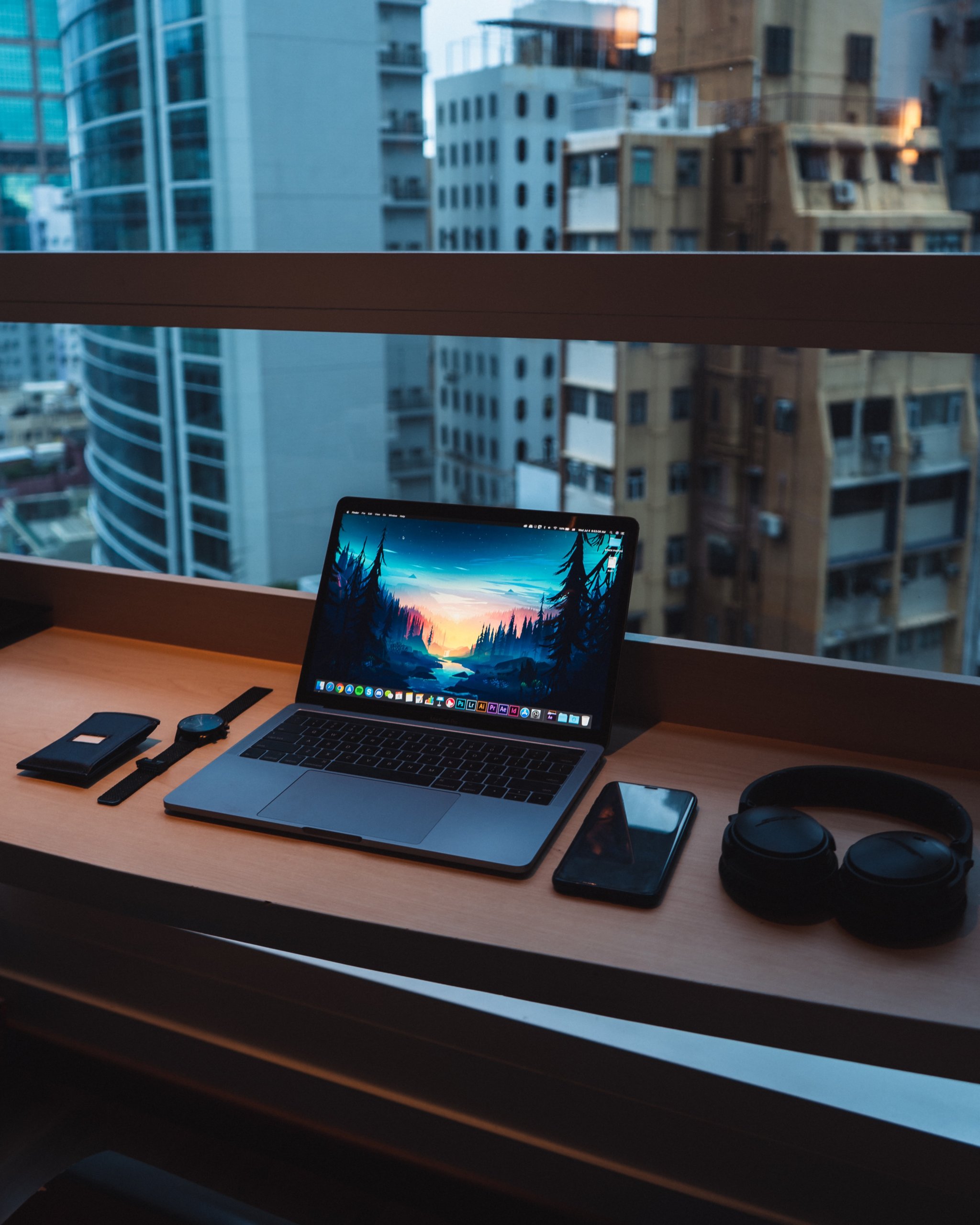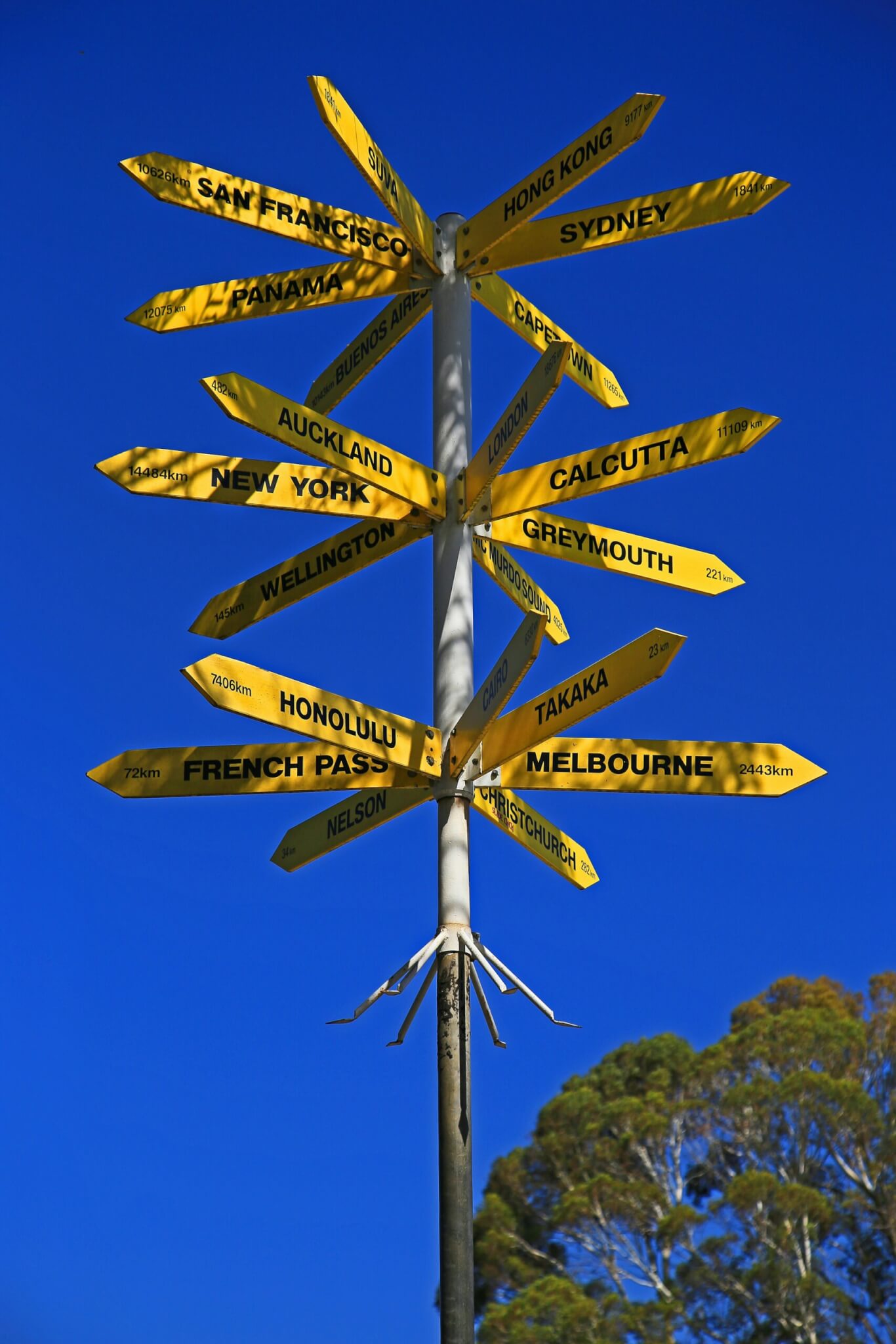With the digital world increasingly touching almost every aspect of our everyday lives, businesses are devoting more attention to building their brand’s image online. Digital PR is often used by companies to reach their target audience, but what exactly is digital PR?
What is digital PR?
Digital PR is short for digital public relations and is a strategy used to increase businesses’ online presence. Digital PR focuses entirely on brand awareness across digital publications, social media and other online channels.
Digital PR agencies work closely with journalists, bloggers and influencers to gain high-quality backlinks to their clients website, widening their reach to broader audiences and getting their brand name into the digital space. It’s a method of targeting an audience by getting featured in digital content that the target audience would read or watch.
What’s the difference? Digital PR vs. traditional PR
Whilst traditional PR and digital PR essentially share the same objectives, the tactics used by these disciplines are very different. Both areas of PR aim to improve a brand’s reputation and awareness, with the ultimate goal of increasing conversions.
However, traditional PR is heavily focused on print media and involves networking with journalists to get featured in newspapers or print publications. There’s also a focus on crisis management within traditional PR, where agencies are required to find solutions for company mishaps.
Digital PR, also known as link-building, however, is solely based online and aligns more closely with SEO strategies. It applies similar principles as traditional PR, but to digital content, looking for mentions within online publications, websites and video content.
What’s involved in digital PR?
The scope for online brand recognition is huge, with a continuous stream of content being published every day. So what does a typical day look like for a digital PR agency?
There’s different ways to approach digital PR and these are often combined to really boost a business’ online presence. From publishing tailored articles, press releases and repurposed content, to chasing backlinks from existing mentions, the digital PR role varies from day to day. But digital PR strategies need to be thoroughly planned to successfully meet clients’ goals. Here’s a breakdown of how to create a digital PR strategy.
Creating digital PR strategies
Setting goals
Setting achievable, specific goals is a fundamental starting point of any digital PR strategy. Consider the wider question: what is it that you want to achieve through digital PR?
Whilst increasing sales is always an important goal to keep in mind, there are other objectives you may wish to set to drive your strategy forwards. Perhaps you want to raise traffic to a certain page or product, or increase your email marketing focus by gaining more subscribers. If you’re a new business, you may simply want to get your brand name out there. There’s many goals that can be achieved through digital PR, so spend time determining what your overall objective is.
Review target customers
Next, think about who it is you want to target. Does your business have a niche audience that you can tailor your strategy around? Having a well-defined target audience will help you mould which publications you’ll be targeting and what topics will be of interest to them. With this specified from the start, you can make your content ideation more relevant and suited to your potential customers.
Content ideation
Content ideation is where you should spend lots of time being creative and letting your mind wander. Thinking up ideas and unique angles won’t always be easy – especially if your client’s industry is niche – so be patient with it and work together to bounce ideas off each other. If you’re struggling to kick things off, it’s worth looking at trending topics and content gaps within the industry. The internet is incredibly saturated so it’s important to find something that will make you stand out.
One way to start content ideation is brainstorming all of your ideas and then listing them in order of which you think has the best potential for leads. Once you’ve got a few solid ideas, do research and check that nobody else has got there first. There’s nothing worse than finding out you’ve been spending time on a recycled idea. Keep an eye out for data around your topic – recent studies and other statistics that could be used to enhance your idea. If there’s not already studies on the topic, you may want to run your own and get some raw data through surveys.
Find target publications
When it comes to list building for publications you wish to target, think about the types of publications that will be interested in your story. Online publications will often have their own niche topics, so you’ll need to filter it down to those who will find your content relevant. The publications you’re targeting should share a similar target audience as your client’s, to ensure shared interests and knowledge.
Designing your digital PR strategy
Digital PR strategies tend to focus on outreaching new articles and securing backlinks from high-authority sites, but there’s also other tasks that can be incorporated into your PR plan. Effective strategies include:
- Publishing unique articles to gain backlinks
- Networking with journalists and bloggers
- Creating and sharing infographics
- Publishing press releases
- Reclaiming links from existing mentions
Content creation
Once you’re happy with your idea, you can begin the creation process. Start writing your draft piece, ensuring that the tone of voice is aligned with the brand and that it’s concise yet engaging. Rewrite as needed, and remember to get your piece proofed by a copywriter to check for mistakes or to make suggestions. Sometimes a second pair of eyes can offer great insights.
Outreach
The final stage, and the most rewarding, is outreach. This can be repetitive and you may need to keep chasing journalists, authors or publishers to get the coverage you want. When you’re sending your outreach email, it has to be perfect. You’ll want to create a compelling title and subject line to spark interest and be sure to avoid templated formats to keep your outreach personalised.
What are the benefits of digital PR for businesses?
The benefits of digital PR stretch beyond simply increasing sales and when considered as a whole, can have a massive impact on a business’ reach and brand reputation.
By gaining high-quality backlinks, your website’s domain rating will rise, meaning Google will see you as more authoritative within your niche and will rank you higher within the search results. As you increase your number of backlinks, your SEO performance will benefit as securing these links proves that your site adds valuable, quality information. This leads to an uplift in traffic to your site and, ultimately, more sales.
In terms of brand reputation, the advantages are huge and you can begin developing strong brand loyalty. If you manage to secure backlinks from respected websites, you’ll build firm brand trust and will be much more credible to audiences. Also, by featuring in numerous publications, you have higher chances of being shared on social media, driving even more traffic across different platforms.
Digital PR has become a huge part of digital marketing, and seeing how many opportunities it opens up for businesses proves its worth. Whether it’s making your brand stand out or improving your SEO so Google knows you’re authoritative in your field, digital PR is an effective way to boost your business.










































